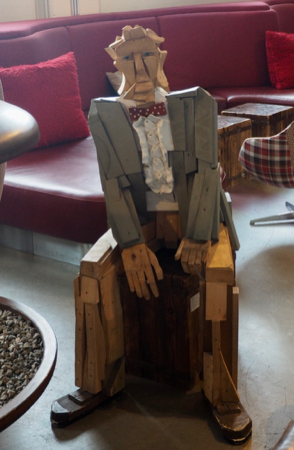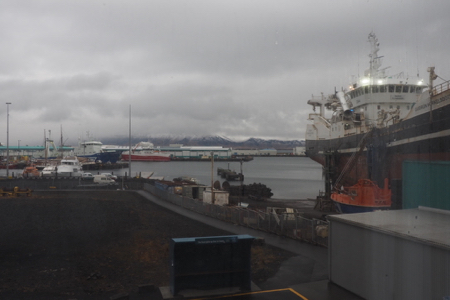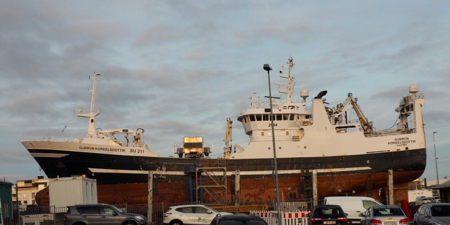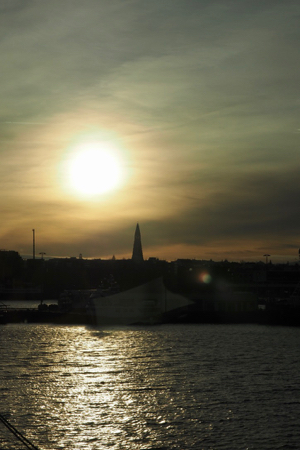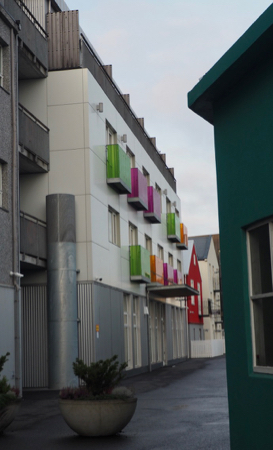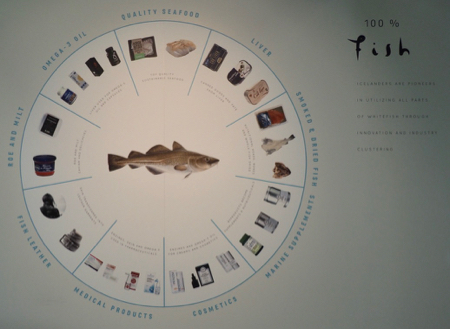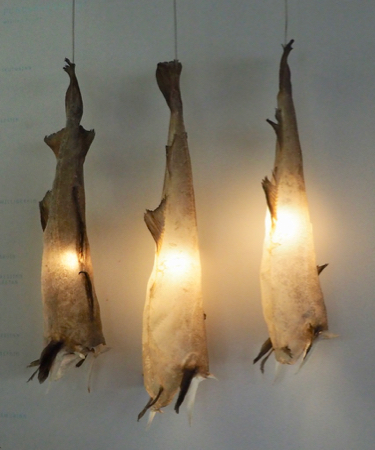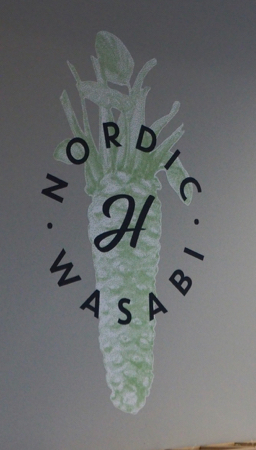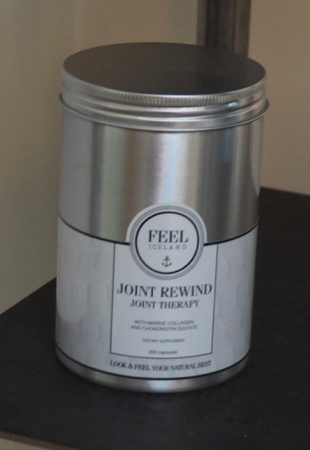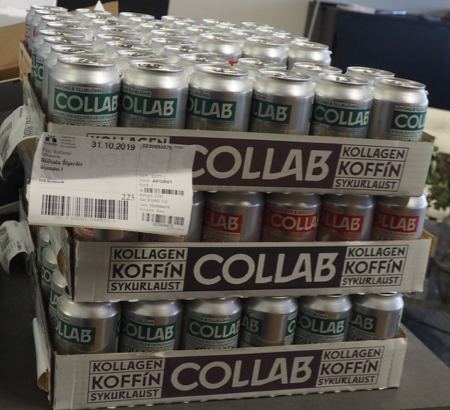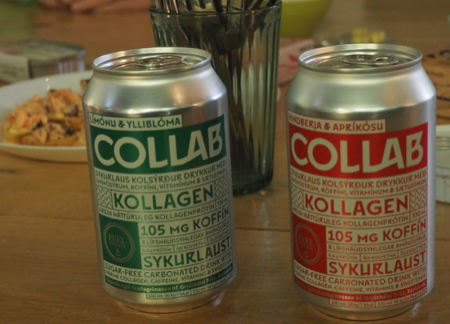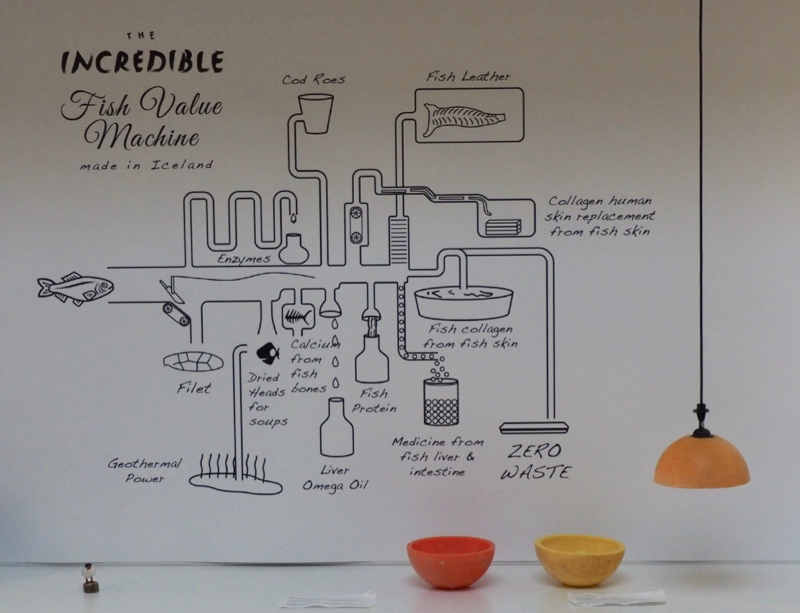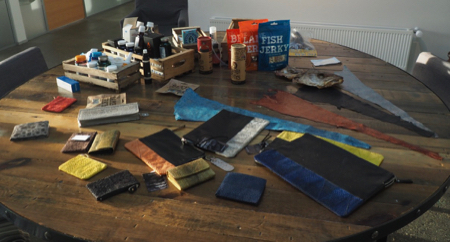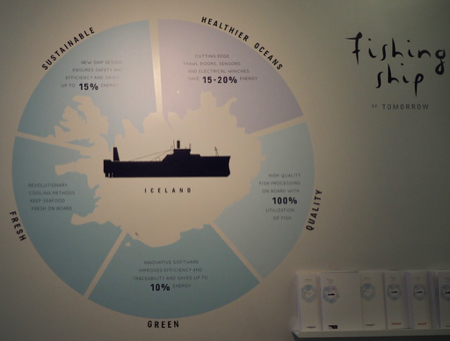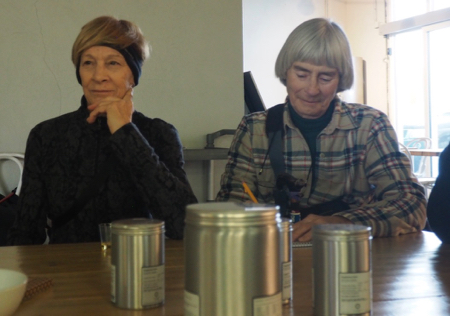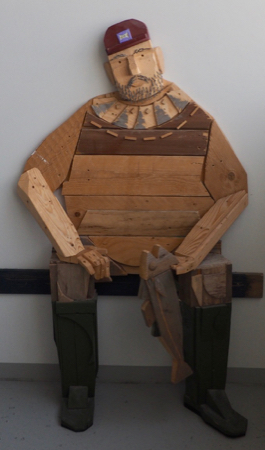OAT: Iceland in Winter
November 3-14, 2019
Iceland is such an interesting, unusual place. We have now been there on three different occasions, this being the first land tour. The others were day-stops made from a cruise ship in summer. The land becomes more stark in winter conditions, but the volcanoes, thermal features, and waterfalls are all still in evidence, even if covered with snow (fortunately, not much). The culture is interesting and the language impossible - to either read or pronounce. We had hoped to see the Northern Lights but the weather, quite a bit of rain, and the geomagnetic index (on a 0-9 scale it was mostly a 2) did not cooperate. There were lots of other things to see, however.
Prior to the trip, Gale went to Philadelphia to visit her family and to accompany her sister-in-law (Nancy) on the trip. They flew from Philly to Boston to Reykjavik. Marge stayed home until just before the actual trip dates and flew all on her own from Tucson to Denver to Reykjavik. On arrival, we all met in baggage claim.
November 3-4
Fly to Reykjavik: Local walking tour
November 7
Skaftafell National Park; Skaftafellsjokull Glacier; Jokulsarlon Glacial Lagoon
November 8
Myrdalsjokull Glacier; Seljalandsfoss Waterfall; Icelandic Horses
November 9
Raufarholshellir Lava Tube; Reykjavik: Perlan
November 11
November 12
Fish factory; Museum
November 14-15
Iceland in Winter
Flag of Iceland
License Plate
Mon., 11/4 - Reykjavik
Almost the whole group arrived within 30 min. of each other between 5:45 and 6:15 in the morning on November 4. From the airport it was off to the hotel for breakfast and a brief "orientation" tour of the immediate area conducted by Andres, our OAT tour leader. After the tour, we waited an hour or so until the rooms were ready and then took a little time to settle in before Andres led a more extensive tour to downtown Reykjavik. Downtown isn't a very large area and our hotel was very conveniently located on the harbor, so it was easy to go about and see the city.
Later, the group gathered for a briefing, introductions, and a welcome dinner at the hotel. Dinner included hors d’oeuvres of cheese and ham and bread with pesto, crisp bread with hot cheese dip, and then codfish and vegetables in a frying pan with a great sauce. Dessert was a parfait with an assortment of things. It was all rather gourmet. The fish is outstanding.
Permanent resident of the hotel lobby - there were many of these wooden figures all around Reykjavik
Reykjavik harbor from our hotel room
Ship in dry dock
Today got off to an interesting start. Gale, whose primary breakfast interest is in coffee, filled her large thermos cup with coffee, sat down and took a sip, and discovered she still had a pair of black sox stored in the mug. We laughed long and hard.
At 9:25, just after sunrise (!), we walked with Andres to a film studio and watched two films the owner had produced - one on the aurora and one of pictures he took of the 2010 volcanic eruption. The photos of the volcano were taken by cameras from land, helicopter, and a drone that went right over the 2000° F center and it melted the camera casing before backing off. Both films were stunning.
After the films, we walked to the Ocean Cluster House. This is a unique collaboration of 60-some companies, like a think-tank for entrepreneurs interested in sustainable fishing. The work done there includes making the trawlers more eco-friendly, designing items that can be made out of the fish (mostly cod) so that after the fish filet is removed, the waste is not trashed, and so on. Some of the by-products include extracted collagen for making “Nordic Wasabi”; salmon skin leather products like jackets, belts, or purses; cod skin lamps that sell for $800; food - 60% of a cod becomes smoked, dried, or fresh table food; fish oil from the liver; caviar from the eggs; pharmaceuticals like face and hand creams; cosmetics; vitamin/mineral supplements. One company acquires the cod head and bones, freeze dries them, and ships them to Nigeria! The US military buys cod skin bandaids and uses the skin on burn victims. The bandaids are extremely expensive!
We learned some more about the Cod Fish Wars with Great Britain (1950 - 1980). The three-mile territorial limit was expanded to 100 and then to 200 miles to keep Great Britain from over fishing Iceland’s one natural resource. In the 1980’s marine scientists warned of overfishing leading to extinction, so the 500,000 tons of fish once caught in these waters was reduced to 180,000 tons. As a result, some smaller fishermen lost their livelihood and some fishing villages collapsed. The goal asserted by Iceland’s government is sustainability.
Our tour ended with the opportunity to sample several fish products: Penim is a great hand lotion ($35 for a small tube at a pharmacy near our hotel); herring liver oil (Lysi) that is available on our breakfast buffet; Icelandic chocolate with local sea salt; collagen pills; fish jerky; collagen drinks in berry or lemon flavors - sold in soda cans; salmon pate, etc.
Reykjavik skyline, Hallgrimskirkja Church in the center (photo was taken at 11 in the morning)
Street scene
Products to utilize 100% of the fish
Lights made from cod skins
They even make wasabi from their fish
For your joint health
Collagen drink from fish collagen
Collagen drink from fish collagen
Flow chart showing products made from fish
Products made from fish
Fishing ship of tomorrow designed with the environment in mind
Nancy and Gale absorbing information
Wooden fisherman
| Return to Top | Return to Itinerary | Return to Trips page to view other trips | Return to Dreamcatcher Home Page |
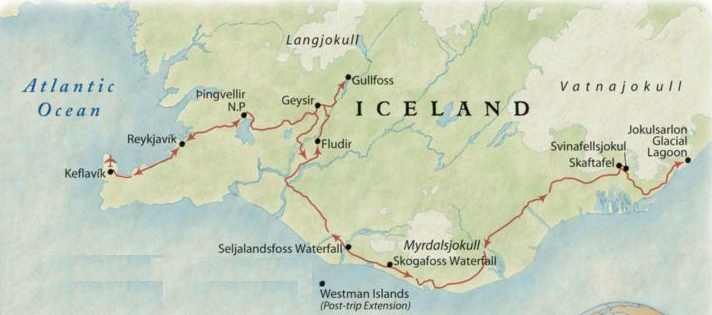
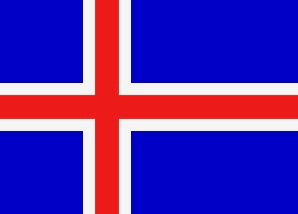
.jpg)
